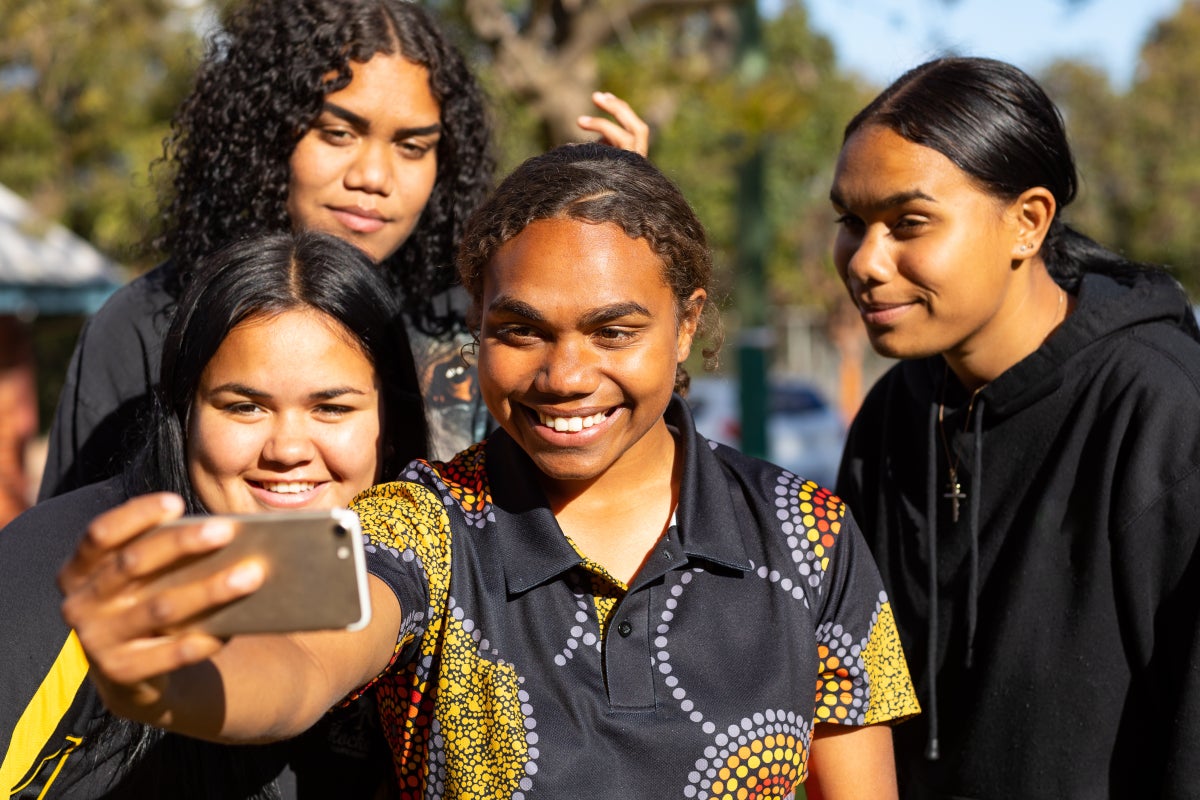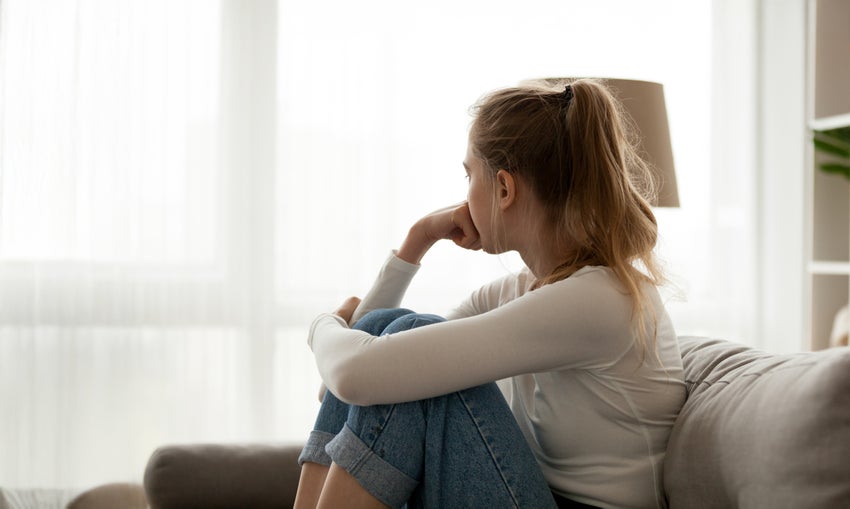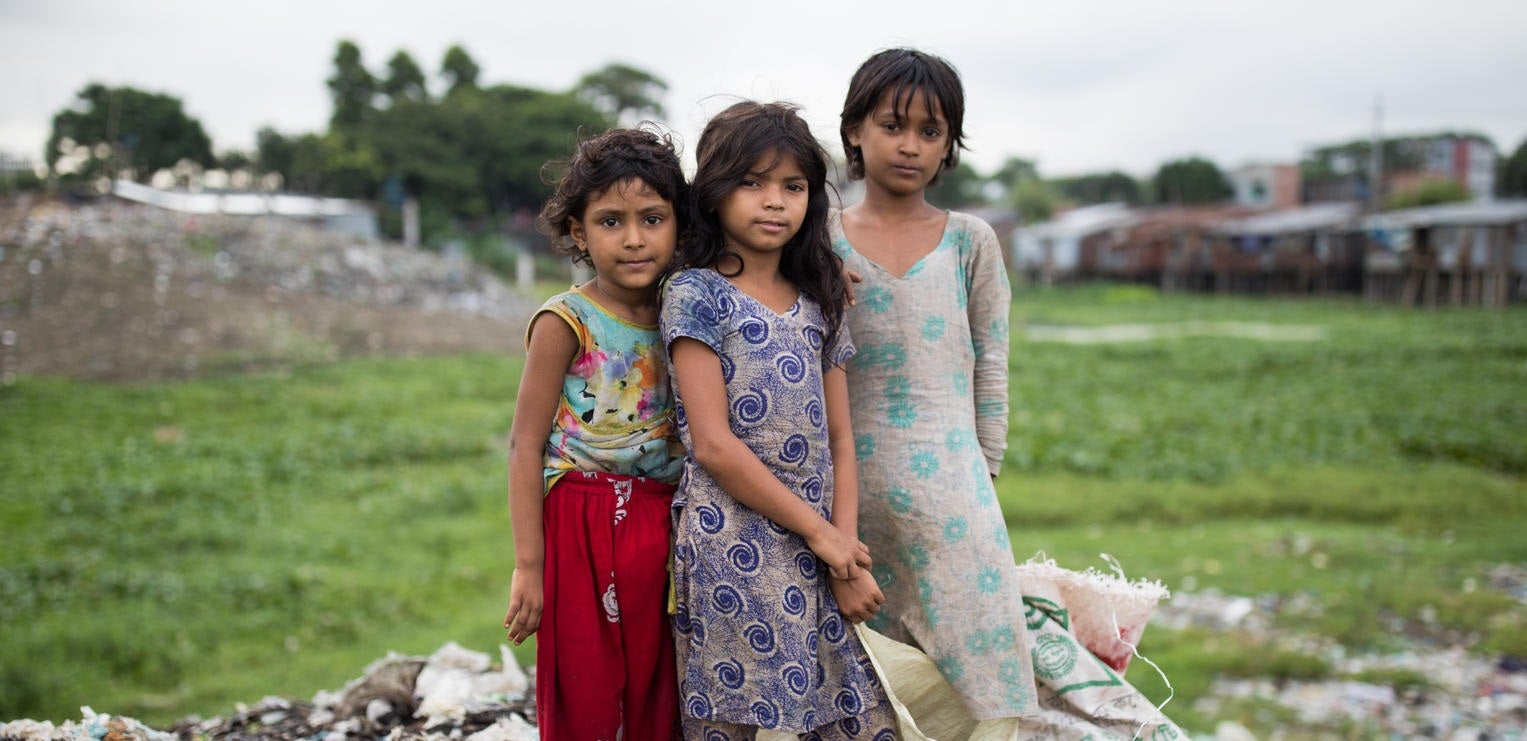What does it take for children and young people to feel valued, loved, and safe?
Children and young people who feel valued, loved, and safe have trusting relationships with friends and family, and feel secure in their environment. This sense of security comes from being supported and cared for – at home, in their communities, and online.
These children are more likely to develop a strong sense of self-identity and a positive self-perception. They form secure attachments, connect positively with peers, and have positive adult role models or mentors, all of which can have lifelong benefits.
While most children and young people in Australia feel safe and valued, many don't have this experience. They may grow up in unsafe environments, be exposed to violence and crime, or face bullying. These experiences can lead to a range of detrimental health, emotional, social, and behavioural outcomes that can affect a child now and into the future.
UNICEF Australia and ARACY's Building a Secure Future report provides an overview of the latest data on how valued, loved and safe Australia's children are and feel. This is the third in a series of reports that complement the Children’s Wellbeing Index through each of The Nest domains.
Read the reportWhere Australia is doing well
15.7%
The proportion of adolescents aged 15-19 who are concerned about family conflict has steadily declined over the last decade, falling from 29.3% to 15.7%.
8.2 in 1,000
The rate of substantiated child protection notifications—where a child is found to have been harmed—has decreased steadily since 2021. Between 2021 and 2023, the rate decreased from 9.3 to 8.2 per 1,000 children aged between one and four.
64%
The proportion of young people with high levels of bullying concerns have almost halved since 2007 and most young people (64%) feel like they can turn to their friends for support.
Where Australia needs to improve
10x
Aboriginal and Torres Strait Islander children are ten times as likely to be placed in out-of-home care and the youth justice system compared with all children of the same age.
1 in 4
1 in 4 young Australians aged 16-24 have experienced child sexual abuse.
7x
Children from the lowest socioeconomic areas are seven times more likely to be under youth justice supervision than children from the highest socioeconomic areas.
Every child across Australia should grow up feeling valued, loved and safe.


The relationship between child maltreatment, the child protection system and the youth justice system
There is a strong connection between complex challenges and barriers faced in childhood, and involvement with the youth justice system. For example, experiencing maltreatment, or interacting with the child protection system, increases the risk of a child entering the youth justice system.
What story does the data tell us about this connection and what does this mean for children who have experiences across these systems?
About the index
The Australian Children’s Wellbeing Index (ACWI) was developed by UNICEF Australia and ARACY in 2021 to provide a comprehensive picture of how children in Australia are faring across all aspects of wellbeing and how that is changing over time. Using data to measure and track children’s progress over time, the Index provides a view of where Australia is doing well, and which areas need greater attention and investment to help all Australian children thrive.
The wellbeing of Australia's children is measured and tracked across six interconnected dimensions:
- Being loved, valued and safe
- Being healthy
- Learning
- Having their basic material needs met
- Having a positive identity and culture
- Participating in their community and having a voice.
Our publications aim to set policy priorities and guide action to ensure Australia is an equitable place to grow up and improve outcomes for all Australian children.






